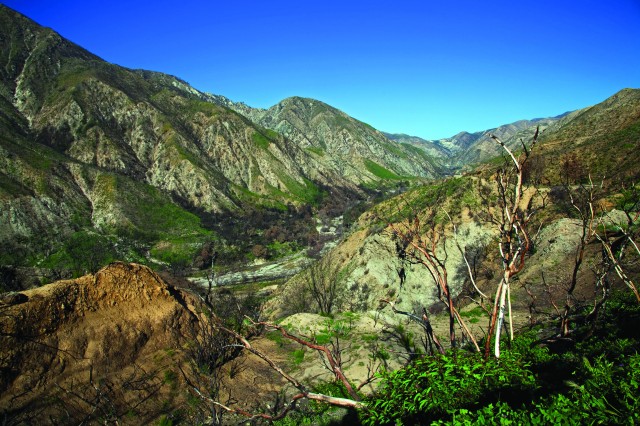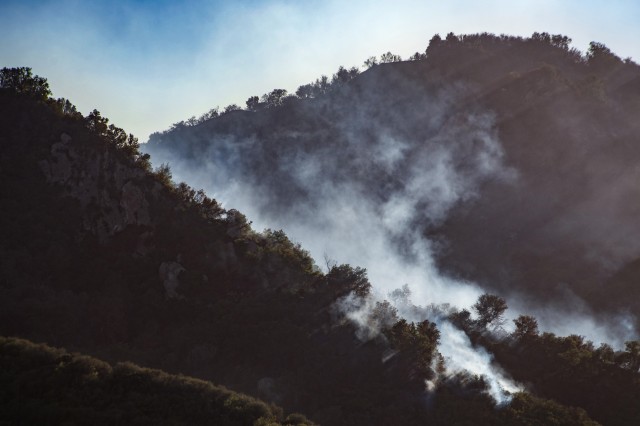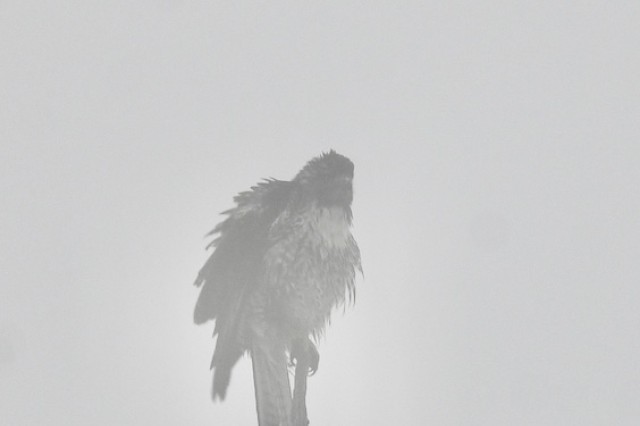Ash and Green Shoots
Wildfires can leave scars on our psyches and the landscape. Community Science Program Manager Sam Tayag discusses finding solace in witnessing nature’s recovery.
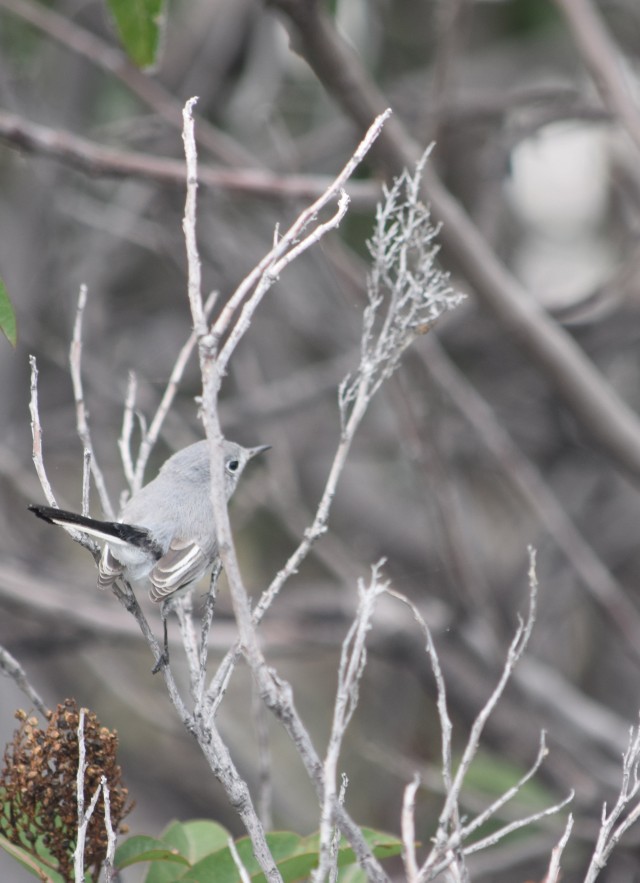
As wildfires become more frequent and intense throughout California, the devastation and dread can feel overwhelming, and while the destruction understandably makes the news, filling our feeds and fueling our anxieties, the story of how wild spaces eventually heal can get lost.
Like many Californians, NHM’s Community Science Program Manager Sam Tayag found themselves evacuating with their family during the 2020 Bobcat Fire, escaping the smoke with their family, but not the trauma of seeing the mountains they love burn for days. For Tayag, coming to grips with these disasters has meant visiting the sites of those burns to see the destruction for themselves—along with the natural recovery.
Can you talk about what made you want to visit the burn scars?
My grandma was a soil scientist in the Philippines, and she was assigned to support the agricultural community after the Mt. Pinatubo volcanic eruption. She surveyed the plant growth and soil health as part of the study, so I got to do fieldwork there, and I saw from that experience that the land does recover.
Going on the Internet and Googling was just kind of reinforcing the traumatic angle because it's a bombardment of information and opinions online. It doesn't really help with that personal perception, right?
I wanted to see it. I started surveying wildfire burn scars and areas because as a naturalist and being eyeballs-deep in the research approach to things, I wanted to actually know instead of all the hypotheses I had in my head. So I went to see for myself.
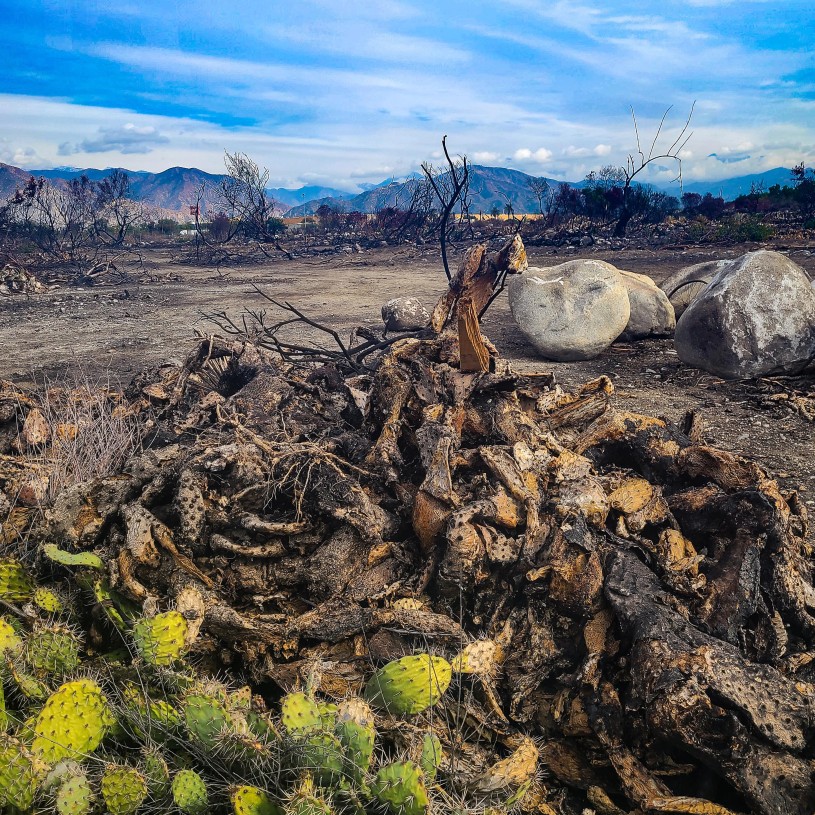
How do I phrase it? These deeply scarring things can happen but the recovery can take the community in a different direction that you never really even thought was possible.
What did you find there?
Soon after the roads opened, I saw these little tiny shoots coming up from the roadside. I saw insect activity, which we all know is always a good sign.
Some species of insects are actually attracted to smoke-damaged trees because they seek out burned bark to lay their eggs, for example. So that is a prey base that all the other critters go to, and even coyotes will check out a recovering wildfire area to see what foraging can be done. I found bobcat tracks, I found raccoon tracks, and tons of bird activity.
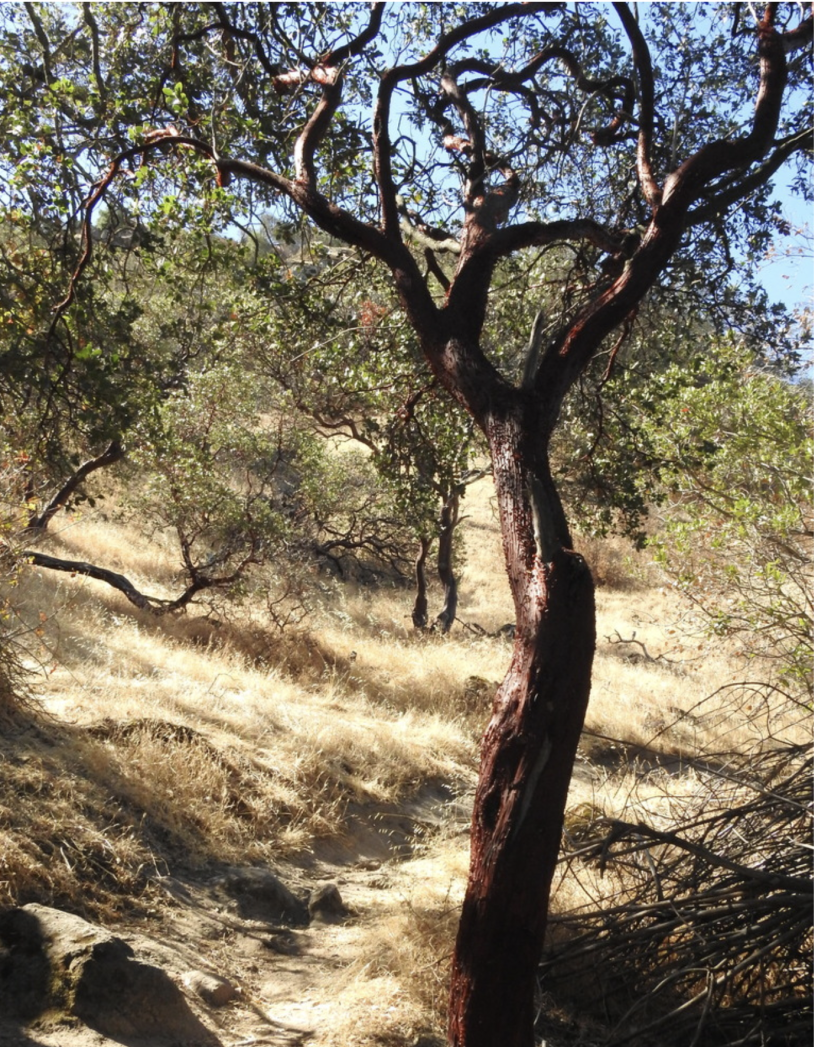
And then you get closer and you see the birds starting to come in and exhibit foraging behaviors. That can only happen sometimes with a wildfire because the wildfire opens up the land, clears those sight lines, and encourages the plants that have survived to start seeding if they are fire-adapted. All of this means insect-eating and seed-eating birds have easy access to a meal.
There was this beautiful, beautiful chillicothe vine climbing up a burned oak tree. And it was flowering, and I started crying because I realized this oak tree has experienced so much damage and it's still supporting other plant life and it's beautiful.
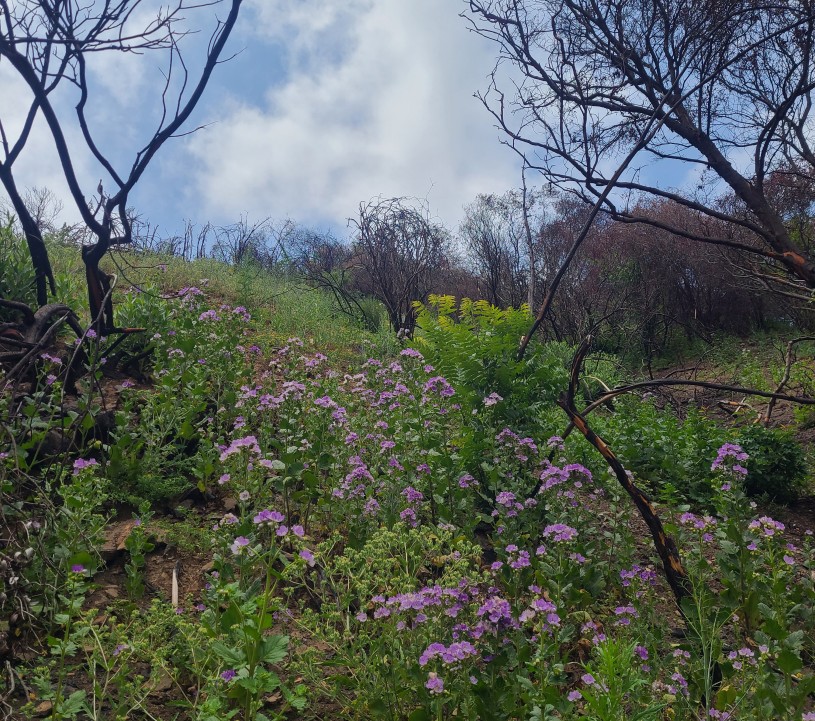
What do you think we as people can learn from how plants and other animals recover in these burn scars?
As someone who works with connecting communities to our research, especially systematically marginalized communities, it kind of feels like there's this message that we're missing a lot in how we think about wildfires. Of course, they're destructive. Of course, they're horrible when people have to experience them.
A lot of that destruction from contemporary wildfires is human-made, just like a lot of our trauma is cultural and systematic. Seeing how these plant communities, and wildlife communities, not only heal in their own ways with their own mechanisms that work best for them, but in such diverse ways is another source of inspiration.
One of my favorite fire-adaptive plants is the laurel sumac. It's not the showiest plant, most people are like, “who cares about that one, right?” At another burn area, there's just a big stand of laurel sumac and almost all of them burned, but laurel sumac has this root structure about six inches to a foot below ground.
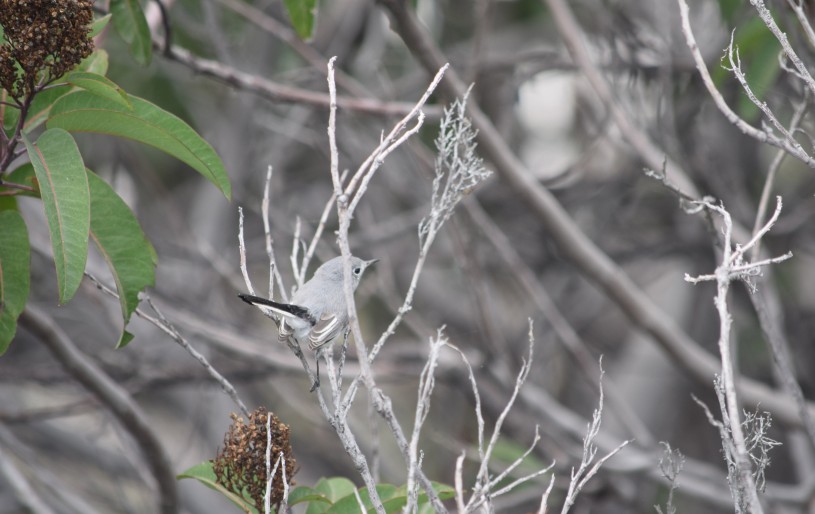
It's called a lignotuber. It stores energy in order to help laurel sumac recover from destructive events like wildfires. From the lignotuber, it will start resprouting actual shoots and greens. So you have these bare, charred trees that look straight up eerie against the sky, and then when you look at the base, there's this thick, happy greenery, just sprouting up all over the place. And when I first encountered them, I thought it was a different plant. Honestly, I thought the tree was at least done for a while. And there was another plant that, for whatever reason, liked that specific chemical composition that tree gives off when it burns. But it's not another plant. It's the tree's new growth. So then you see birds perching on those burnt branches and foraging in that new growth.
How do I phrase it? These deeply scarring things can happen but the recovery can take the community in a different direction that you never really even thought was possible. Showing strengths and skills and adaptations that maybe the individual didn't even know they had. But that recovery needs support, too. The reason why that recovery was so successful is because the staff at the Nature Center do a lot of work to encourage a diversity of native plants to succeed in that area, and they do a lot of work even now to keep it up. It's the care of the volunteer staff and the diverse ways each plant recovers that made healing possible here. I feel like our culture thinks about resiliency as a very internal characteristic in people, but people do not maintain that resiliency without the support of the people around them. Same as all the different mechanisms of all the different species require their own conditions and have their own responses to trauma. That variation of responses to trauma is another thing that these wildfires show and can reflect on the human experience.
There is solace to be found in nature even if you can't witness the growth yourself.
Studies have shown that exposure to things like trees and birds even for relatively brief amounts of time can help alleviate stress. So wherever you are, making time to get to your closest green space helps.
The recently released Fifth National Climate Assessment from the US Global Change Research Program says that “Actions to support community social cohesion and cultural continuance, establish trusted and effective communication systems, and ensure that community members and/or officials can effectively manage disasters may buffer against adverse mental health outcomes.” The report further suggests that taking action to conserve and study the effects of climate disasters through projects like Project Phoenix can help empower all of us to make a difference, and that empowerment can improve our mental health.
If you find yourself in need of help managing anxiety around climate change-caused events like growing wildfires, you are not alone. Groups like Eco-Anxious Stories, the Good Grief Network the All We Can Save Project work to cope with that anxiety through community, storytelling, and collective action.
Agencies like the World Health Organization recognize the importance of integrating mental health into action against climate change, and governmental agencies like the Substance Abuse and Mental Health Services Administration and Health and Human Services are recognizing how crucial centering equity and mental health is in coping with disasters associated with human-caused climate change. If you’re in mental distress and in L.A. County and need to talk to someone, you can reach out to iPrevail or dial 988 to reach the National Alliance on Mental Illness to speak with a trained counselor. Whether it’s joining a community science project, pursuing self-care centered around global change, building resiliency in your local community, or simply taking time to be in a wild space, help can be found.
